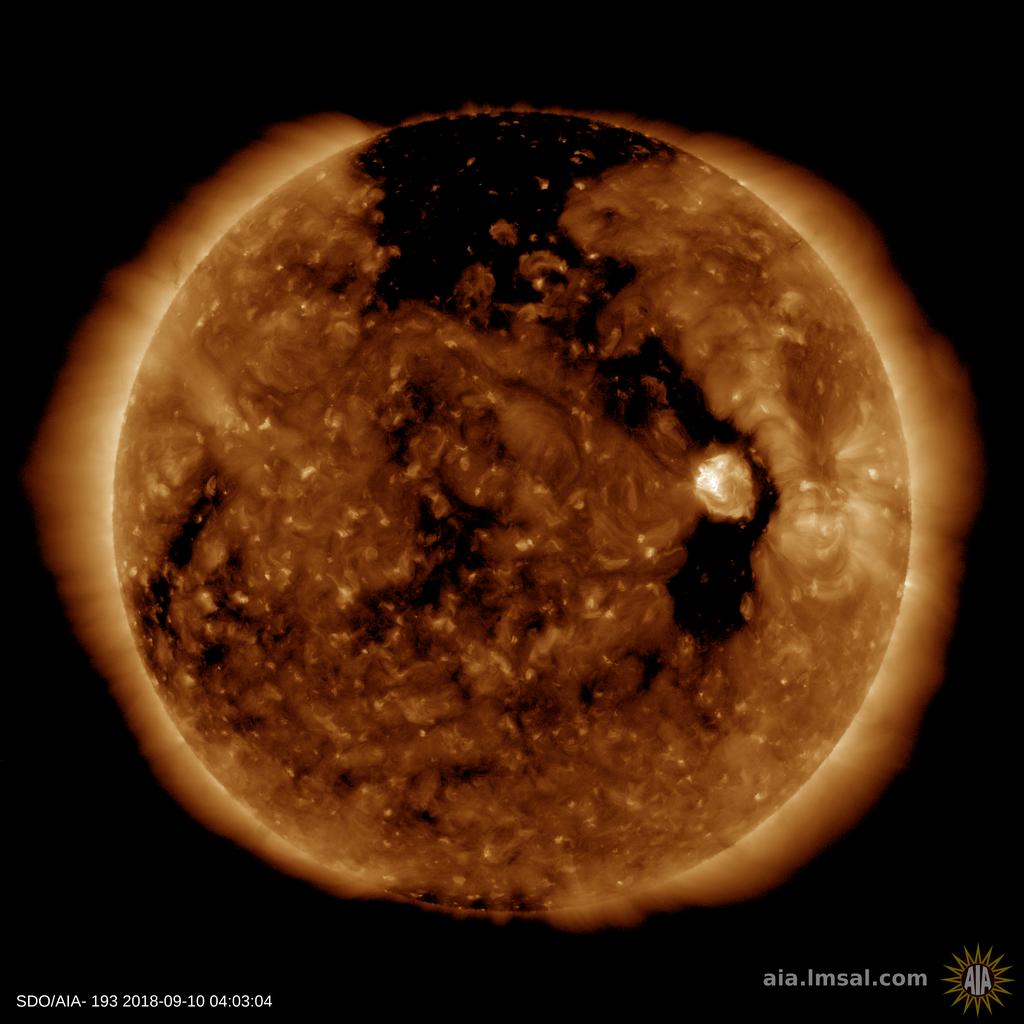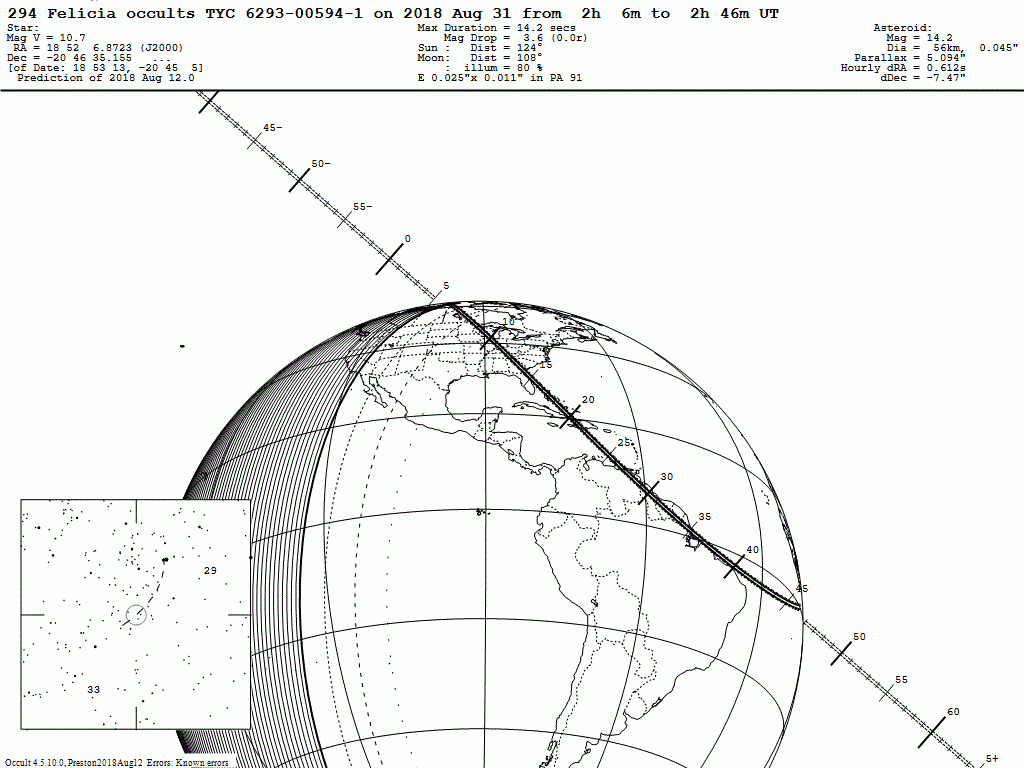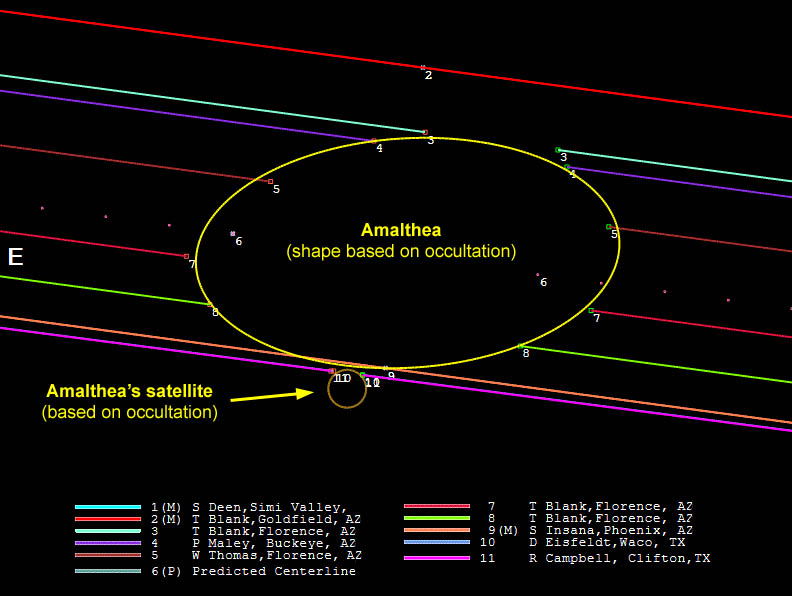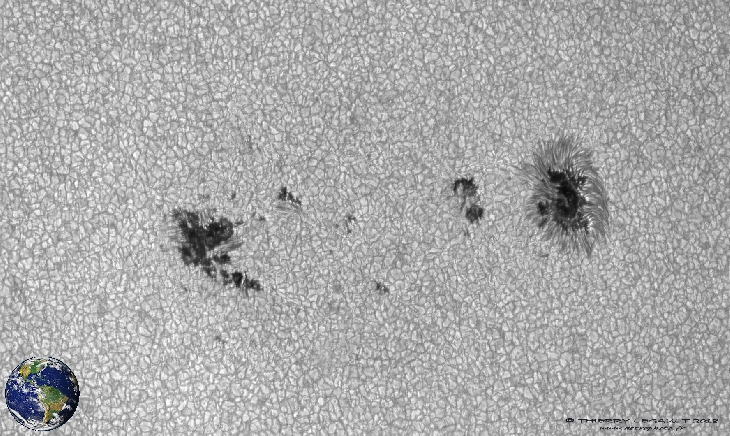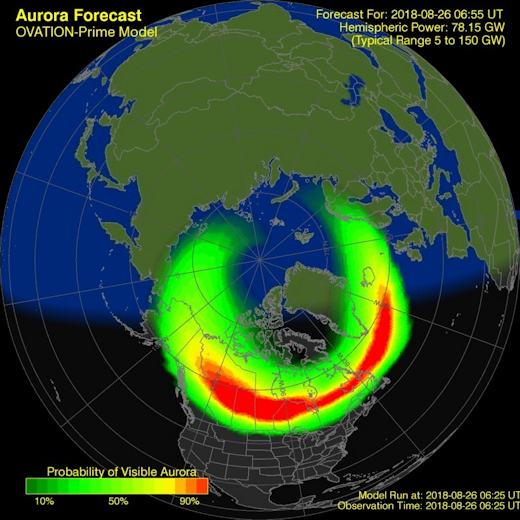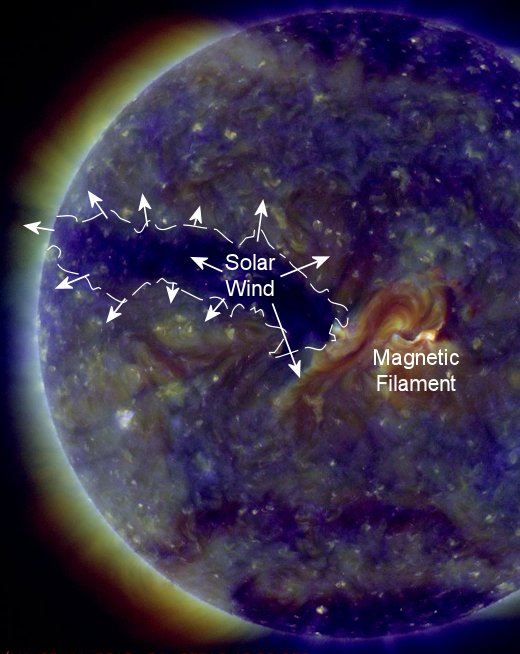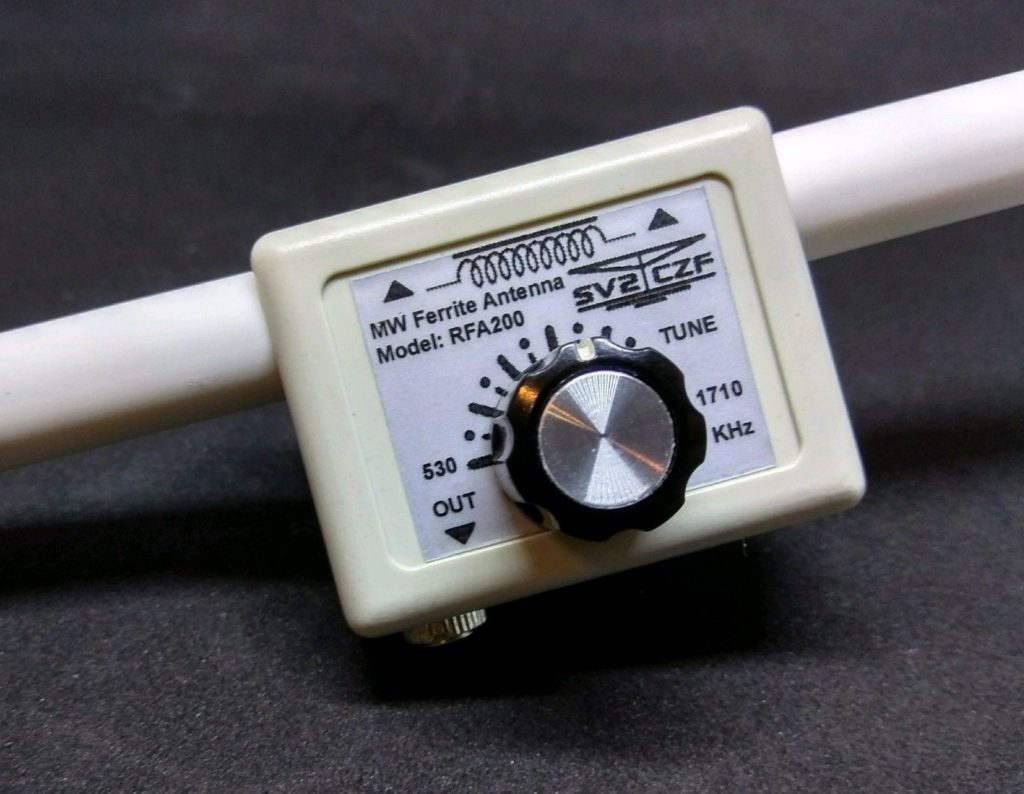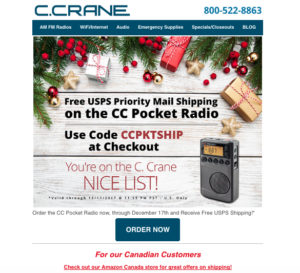Click here to view on YouTube.
Guest Post by: Troy Riedel
It’s been a while since I posted a video on my YouTube Channel (but I’ve gotten the urge to make several more videos as I’ve been recently comparing my equipment – 16 portable receivers & many antennas).
I try to tune in to Radio Prague via WRMI on many weekday East Coast USA mornings from 1300-1325 UTC. Yesterday I encountered bad propagation but today was much better. The video linked to this post is from today – 30JAN2019 recorded around 1310 UTC.
[Sorry, no tripod for this one]
People often ask, “are amplified antennas helpful” – as evidenced by this post from Thomas from a few years ago.
Without repeating the debate, just take a look at this one example. As stated, reception was pretty good today off the little whip – but – there is an improvement using an amplified antenna. My question: is there a difference between the two amplified antennas? And if so, is the difference worth the price?
My TG34 is a clone of the DE31MS – purchased from Tquchina Radio & Component (ebay user: Tao Qu … they used to have an eBay store “Sino Radios” if I recall, but they stopped selling on eBay when the Post started cracking down on shipment of batteries – I actually exchanged an email with a frustrated Tao Qu when they closed the store).
I paid about $21 if I recall for my TG34 (the DE31MS is available today on eBay for as little as $17.28). I paid over $100 for the Sony AN-LP1 (out of production now and can be listed for as high as $300 on eBay). So … $21 versus “over $100”. Is there a difference – and if so – is it 5x the difference – 5x better?!
You be the judge.
P.S. Just a quick slightly over 1-minute video recorded inside my house (sitting in my breakfast nook) … typically “okay” reception but not my usual Listening Post.

